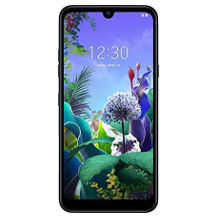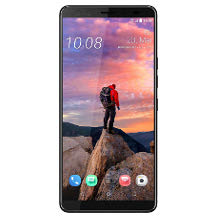Android phone purchasing advice: how to choose the right product
- What You Need to Know
- Android smartphones use Google’s operating system of the same name, which is characterised by user-friendly handling and an innovative design.
- Google ensures security through regular updates. Since smartphone manufacturers are free to use the operating system, there are devices in all price ranges.
Top dog Android: Smartphones for everyone
As early as 2005, Google bought Android to develop an operating software for companies. Before its release, Google joined forces with 33 other companies to form the Open Handset Alliance, which has been continuously developing the operating system since 21 October 2008. Android is now the world’s most successful operating system for smartphones. The software can be found on around 80 per cent of all corresponding end devices.
Fun fact
Originally, Android was not intended to be used to operate smartphones and tablets. Instead, its inventor, developer Andy Rubin, wanted to design software for digital cameras. When his company was bought by Google for 50 million US dollars, Rubin nevertheless spoke of the “best takeover ever”.
Open, customisable, versatile: the advantages of Android
Even at the time of Android’s introduction, various brand-name manufacturers were using the freely available operating system. Major producers such as Huawei, LG and Sony use the software to operate smartphones and other end devices such as tablets or TVs. In the meantime, consumers can choose from a wide variety of models. Among them are Android smartphones for both the small and the large purse.
A major advantage of the operating system is its innovative, user-friendly operation. Since the software is based on open source code, manufacturers can easily adapt it to the end devices. In addition, the operating system offers numerous possibilities to customise the user interface. Users can therefore adapt it to their own needs through settings.
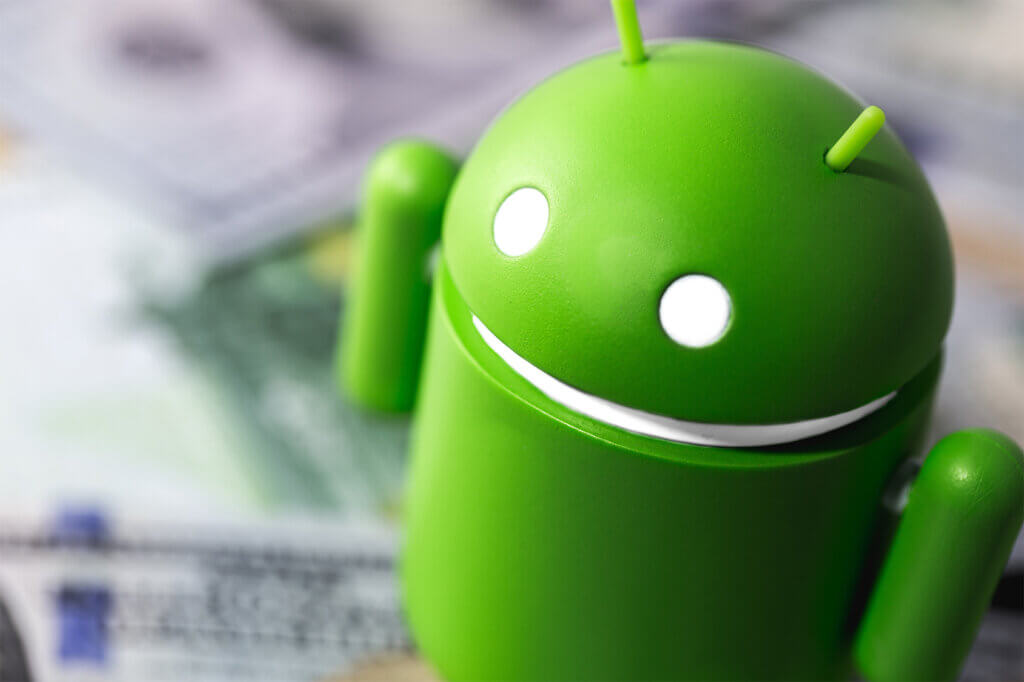
Some Android smartphones already have integrated applications, such as the Google Chrome-based Webkit browser. In addition, there is a large selection of applications from a wide range of providers in the Google Play Store, whether for the office or for one’s own pleasure.
Vulnerable, Google-dominated, slow: Is the criticism justified?
Although a smartphone with Android operating system offers some advantages, the software also has one or two weaknesses. For example, the open-source operating system is quite vulnerable to cyber attacks. Since the apps in the Google Play Store are not thoroughly checked, viruses or spyware can get onto the smartphones.
Google’s strong influence is also often criticised. Among other things, it provides for the automatic use of the search engine. In addition, the corporation tries to bind consumers to itself via pre-installed applications. However, consumers can adapt the operating system according to their own ideas, so that a different search engine or an alternative browser can be used if necessary.
Android does not run at a satisfactory pace on all smartphones. Sometimes there is a risk of long loading times or even crashes when using complex applications. However, this weakness is particularly noticeable on cheaper Android smartphones. Consumers should therefore find out before buying whether the Android smartphone they want works at a reasonable speed and invest more accordingly if they attach great importance to speed.
Despite one or two points of criticism, the advantages of an Android smartphone outweigh the disadvantages, as the following table illustrates.
Pro points
- Large selection of devices from well-known manufacturers
- Smartphones available in all price categories
- Open operating system
Large selection of apps in the Google Play Store
Individual customisation of the user interface
Simple operation
Drawbacks
- Security gaps possible
- With cheaper devices, risk of performance slumps
The different types
Android smartphones can be roughly divided into three categories. These include low-priced, medium-priced and expensive variants, which differ significantly in terms of performance and features.
High-tech smartphones with Android
High-tech models offer the latest cutting-edge technology in terms of camera and display. An exclusive casing is also a must. The operating system used is the latest or an adapted version of Android. Samsung is one of the manufacturers of these luxury versions. Their only disadvantage is that these models are almost impossible to finance for those on a tight budget.
All-round smartphones with Android
All-round smartphones are not so much characterised by their extravagant look. After all, they are primarily for entertainment and everyday use. Such Android devices score with a large IPS display and a sharp Full HD resolution. They usually work with sophisticated multimedia functions thanks to their fast eight-core processor. They also have a high-quality audio chip and often a good digi-cam. Manufacturers such as LG or ZTE offer such devices.
Outdoor smartphones with Android
Although outdoor devices do not offer the same performance as all-round or luxury smartphones and are also somewhat thicker and clunkier, they are much better protected against dust and water and some are shock-resistant. Manufacturers such as Kyocera, Bullitt Mobile or Samsung offer smartphones with Android operating systems that are suitable for outdoor use.
What matters when buying
When making a purchase decision, consumers should consider certain features that differentiate Android devices. Below we present the most important criteria to consider.
The screen
One of the most important features of smartphones is the screen, which has a touch function. The devices can be operated via this touch screen. For example, users press or swipe to place orders or dial numbers. Photos can ideally be taken with a simple touch of the finger. For this operation to be successful and for the content to be easily readable, the display must be of sufficient size. Even smaller models now have at least a five- or six-inch screen. Higher-priced versions usually score with larger displays.
When it comes to the screen, it is also important to pay attention to the resolution. Manufacturers specify this value in pixels or pixels. The more pixels the Android smartphone can display, the more natural, contrast-rich and sharp the image appears. Higher-quality variants work at least in the Full HD standard, which corresponds to a value of 1,080 pixels. Slightly higher-priced models even have screens with 3,840 x 2,160 pixels, i.e. UHD or 4K standard.
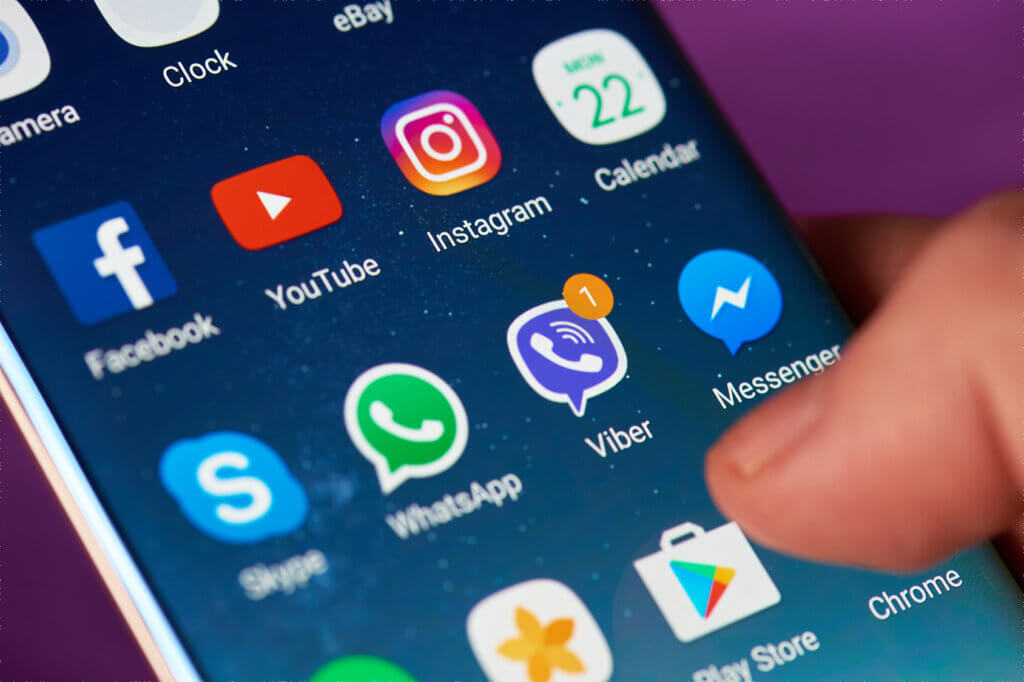
Processor and RAM
In order for the Android smartphone to perform all tasks at a satisfactory speed, it must have the appropriate equipment in terms of the integrated processor and RAM. If you only want to do everyday tasks, you can opt for weaker hardware. For playing high-resolution videos or gaming, however, it must be better equipped. In the meantime, Android smartphones with an integrated octa-core processor can be found on the market. They work with 16 or even 32 gigabytes of RAM. Corresponding models are available from manufacturers such as Samsung, Google and Huawei.
The storage space
Android smartphones have an integrated memory on which some applications are installed in addition to the operating system. Since the internal memory of inexpensive models is sometimes no more than four gigabytes, users quickly reach data limits. Models equipped with an internal memory of 8 or 16 gigabytes are more practical. Higher-priced Android smartphones even offer a memory of 32 gigabytes. This is particularly advantageous if users want to keep music, videos or photos on their smartphone permanently.
If the internal memory is still not sufficient, it is important to pay attention to slots for micro SD cards. If such a slot is available, users can often expand the memory up to 128 gigabytes.
The cameras
Modern Android smartphones usually have two cameras. If you want to take sharp pictures and shoot beautiful videos, you should pay attention to the quality of these two components. Since manufacturers rely on different lenses, there are striking differences.
A first indication of the quality of the cameras is the resolution, which manufacturers specify in megapixels. The higher the resolution, the sharper the photos and videos. For detailed pictures, consumers should opt for an Android smartphone with a front camera with at least twelve megapixels. For high-quality videos, the camera should at least record in Full HD standard. Features such as a circular flash or the slow-motion method are also recommended.
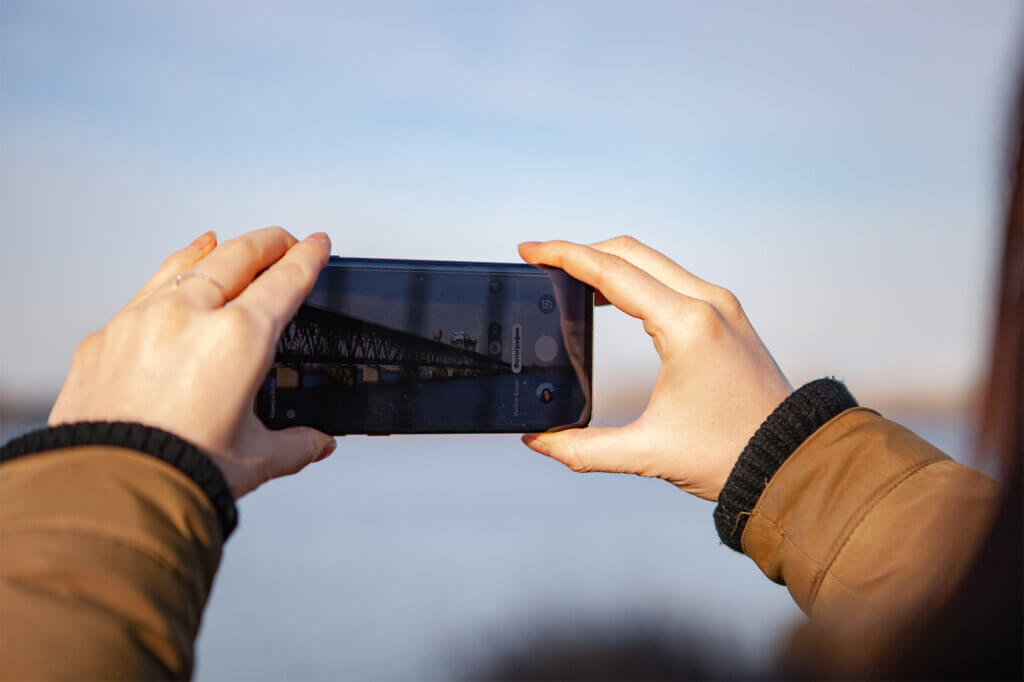
The interfaces
Ideally, the new Android smartphone should have numerous interfaces. Particularly high-quality variants score points with LTE support, which allows users to surf the net at high speeds while on the move. Otherwise, the devices connect to local networks via the integrated WLAN adapter. Higher-priced variants use the more current 5 gigahertz frequency to connect to a router.
In addition, a smartphone should have a Bluetooth and NFC interface. Those who want to charge the device wirelessly should consider a smartphone that is supplied with power via a QI station.
Design, size and weight
Today’s Android smartphones differ significantly from the designs of previous years. For example, they are much thinner and lighter: current variants usually weigh between 130 and 160 grams. At the same time, however, smartphones have also become larger: screens are now between 14 and 16 centimetres high and 6 to 9 centimetres wide. Larger models are usually not as comfortable to hold.
The design is above all a personal decision. However, the arrangement of side buttons or cameras affects the use of the respective smartphone. Therefore, consumers should consider whether the arrangement of the components suits them before buying.
Tips on care and handling
In order for users to enjoy their new Android smartphone for as long as possible, they should place a lot of value on the proper care of the device. If you take the following tips into account, you will not only protect your smartphone from everyday dangers, but also extend its service life.
Avoid direct sunlight
The heat of the summer sun poses a danger to Android smartphones that should not be underestimated. For example, the service life of the battery can be reduced by drastic exposure to heat. In addition, UV rays cause unsightly discolouration on the cover and the display in the long run if it is made of plastic. So make sure that your Android smartphone does not lie in the blazing sun. Also, do not store the device in the car when the vehicle is exposed to the sun.
Avoid freezing cold
When it is very cold, there is a risk of the display breaking. In addition, cold temperatures affect the battery in such a way that it discharges more quickly. Therefore, you should ideally transport your Android smartphone in a warm bag in particularly cold weather. In extreme sub-zero temperatures, it is also not recommended to store your smartphone in a cold vehicle.
Avoid water
If the smartphone comes into contact with water, the liquid can damage the display, processor and RAM. In the event of water damage, you should deactivate the device immediately. Then dry your Android smartphone in dry rice, which removes the liquid from the phone. After a few hours, you can usually reactivate the phone.
Use a protective cover
For optimal protection, a case is recommended. This shields the sensitive device from scratches that keys or other objects can cause, for example. It also reduces the risk of damage if the device is dropped on the floor. In addition, protection for the screen is important. Screen protectors are available at a low price from numerous third-party manufacturers.
How to clean the screen
Fingerprints are easy to see on sensitive screens. The best way to remove such dirt is with a special microfibre cloth. Such tools are particularly soft and gentle on the display. They also do not leave behind any annoying fluff.
Pay attention to updates
Comprehensive care of an Android smartphone does not only include cleaning. It is also important to pay attention to the operating system. Always install all updates for this software as well as any additionally installed applications. Otherwise, viruses or other pests can get onto the phone more easily. You can ensure additional security by using a virus scanner.

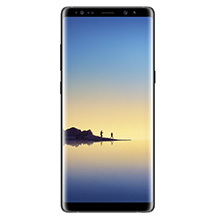
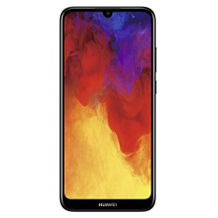
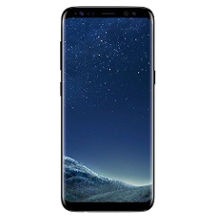
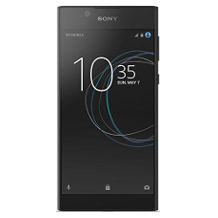
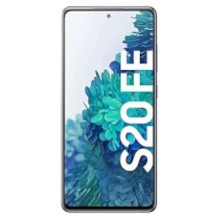
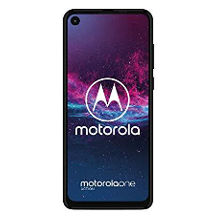

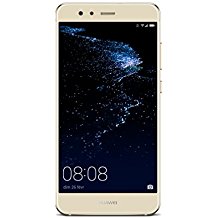


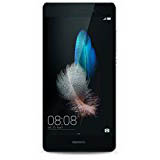
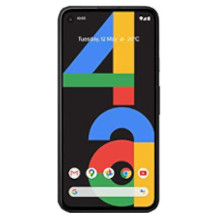
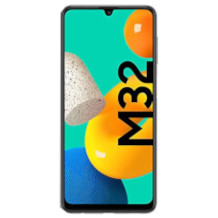


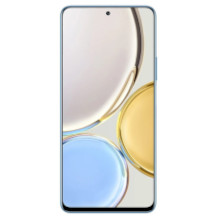
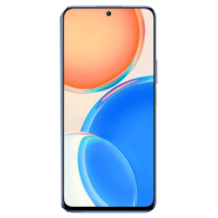
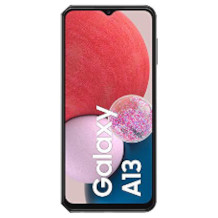
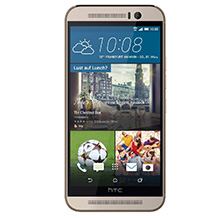
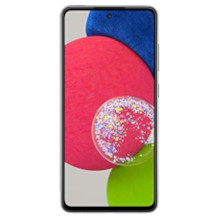
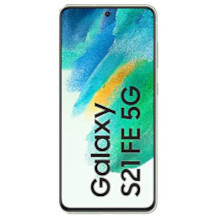

 3,303 reviews
3,303 reviews

